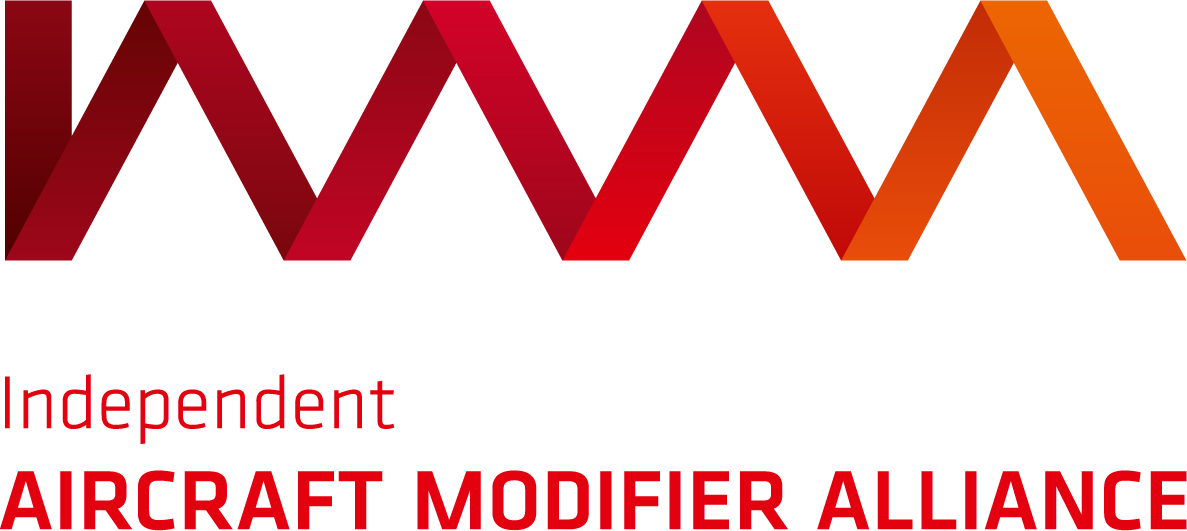By Nicole Noack.
Airline operators or owners have any number of business reasons for modifying their aircraft fleet. Whether it’s modernizing the flight deck or adding new passenger friendly amenities to the cabin, a Supplemental Type Certificate (STC) is an often-used and effective method which also maintains the aircraft’s airworthiness. The process to complete an STC is complex, and to the uninformed may be perceived as a black box. It is important to keep in mind, however, that while the STC process is indeed complex, it is both well established and rigorous. While the interaction of airline owners or operators with aviation authorities like ANAC, TCCA, or CASA may be minimal, understanding key details about the process is important and empowering. If modifying an aircraft fleet via an STC is being considered, there are a few activities that can be undertaken that will help make the activity successful and less intimidating.
So, let’s take a brief look into the black box. There are two primary items that make the process complex. First, the number of parties involved in the process. There are generally three including the aviation authority, the STC provider, and the aircraft owner or operator. Secondly, the process is accomplished through several phases, involving each stakeholder at various times, in an often lengthy and intricate program. Involved and detailed planning and documentation are also required. Generally speaking, an STC process encompasses the following activities: 1. An agreement between the airline owner or operator and the STC provider. 2. The development and submission of various applications and documentation required by the aviation authority. 3. Project familiarization. 4. An agreement between the STC supplier and the aviation authority, on the certification program and the aviation authority’s required level of involvement. 5. The STC engineering and development process. 6. A statement of compliance, and finally, 7. STC approval. With all of this to complete, it’s easy to see why the specific expertise of an aircraft modifier is required.
How can this complexity be dealt with and come out the other end with all requirements fulfilled? Here are a few ideas. The first tool in a toolkit is to be informed. An STC supplier can help educate an airline owner or operator, and for the latter to foster strong and open communications with them, aids in achieving a positive result, since such communications also develop trust. The second tool is to avoid underestimating the operational requirements for an STC. A critical first step to accomplish this is through a deep and thorough briefing with the chosen STC supplier. The goal here is to ensure that both parties are well aligned, have a clear understanding of timelines, and that all requirements will be met. This alignment is important because there are many phases in which the airline owner or operator, will not be directly involved. The supplier and the aviation authority need to take the requisite time to get the job done. A third tool that will promote a successful modification is to do some upfront due diligence. This pays-off in the end because you will already have a clear understanding of what to expect, and this will help sustain your confidence of a successful outcome.
It is clear that where STCs are concerned, a little knowledge goes a long way and, furthermore, an experienced and knowledgeable modifier will also pave the way to success.
Nicole Noack is Managing Director of the Independent Aircraft Modifier Alliance. More information on the subject matter of this article can be found at www.iama.org


